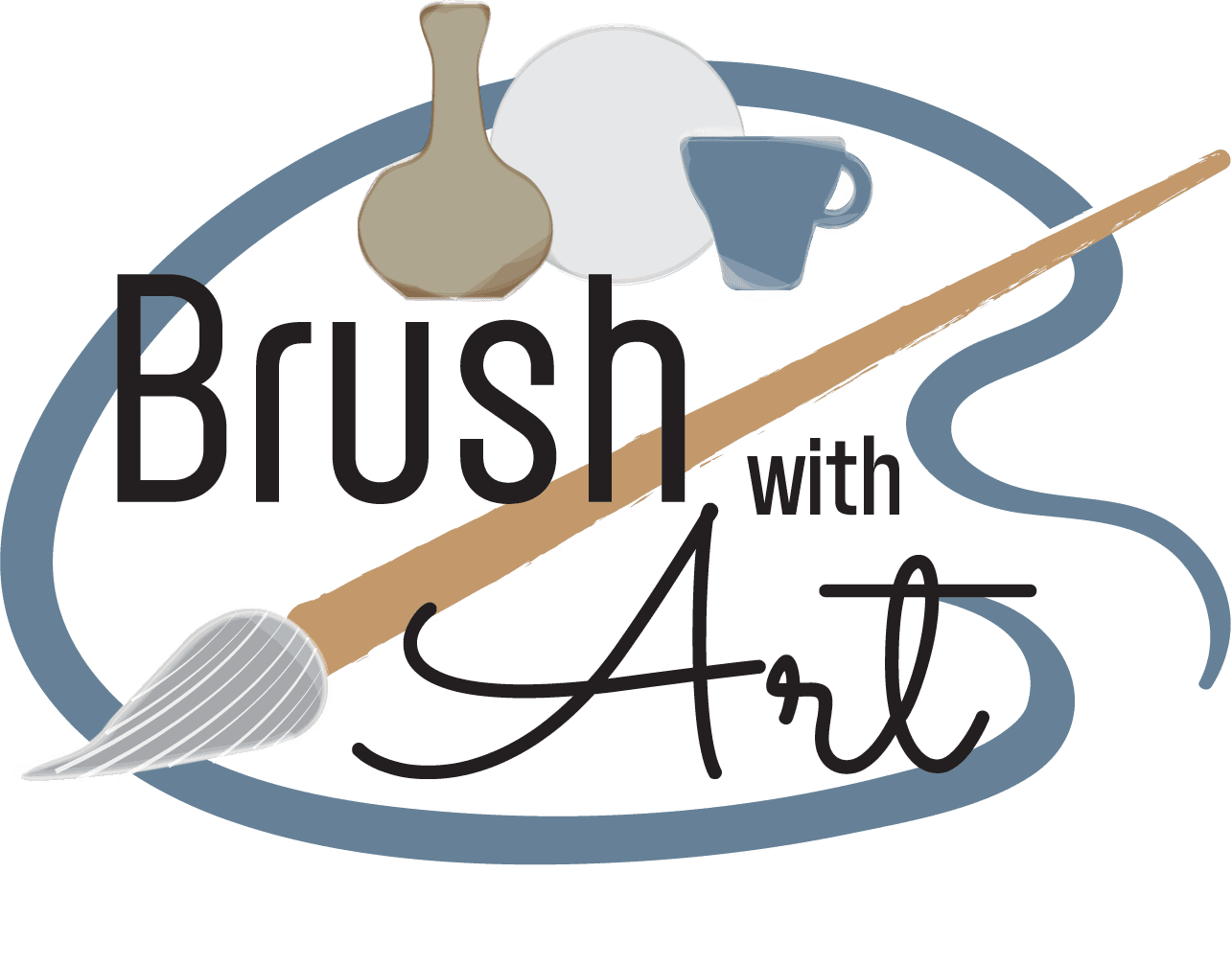From Pottery to Fused Glass: How Art Boosts Mental Well-being
Art as a Therapeutic Outlet
In recent years, the connection between art and mental well-being has gained significant attention. Engaging in artistic activities such as pottery and fused glass creation can offer a therapeutic outlet for individuals seeking stress relief and emotional expression. Art provides a unique way to channel emotions and focus the mind, offering a reprieve from daily pressures.
For many, the process of creating art serves as a form of meditation. The repetitive motions involved in pottery or the meticulous placement of glass pieces in fused glass art can help cultivate mindfulness. This focus on the present moment can be incredibly beneficial for mental health, reducing anxiety and promoting a sense of calm.

The Science Behind Art and Mental Health
Scientific research supports the idea that engaging in art can positively impact mental health. Studies have shown that creating art can reduce cortisol levels, the hormone associated with stress. Additionally, art-making can increase dopamine production, known as the "feel-good" neurotransmitter, which enhances mood and emotional well-being.
The tactile experience of working with clay or glass can also be soothing for the nervous system. The textures and sensations involved in shaping these materials offer a sensory experience that can ground individuals and promote relaxation. Engaging with art on a regular basis can help build resilience against stressors and improve overall well-being.

Exploring Pottery as a Creative Expression
Pottery, one of the oldest art forms, offers a unique avenue for self-expression. The process of molding clay into functional or decorative pieces allows individuals to explore their creativity while achieving a tangible result. The satisfaction derived from completing a pottery piece can boost self-esteem and provide a sense of accomplishment.
Participating in pottery classes or workshops not only enhances artistic skills but also fosters social connections. Sharing creative experiences with others can create a supportive community, enhancing emotional support and reducing feelings of isolation.
The Art of Fused Glass
Fused glass art, which involves layering and melting glass pieces together, is another captivating medium that promotes mental well-being. The vibrant colors and dynamic compositions achievable through fused glass provide endless opportunities for creativity. The process encourages patience and attention to detail, qualities that can be transferred to other aspects of life.

Engaging with fused glass art can also be incredibly rewarding. Seeing the transformation of individual glass pieces into a cohesive, beautiful work of art can instill a sense of pride and satisfaction. This sense of achievement contributes to improved self-worth and happiness.
Steps to Incorporate Art into Daily Life
For those looking to incorporate art into their daily routine for mental well-being, consider the following steps:
- Set aside dedicated time: Allocate time each week to focus on your chosen art form without distractions.
- Join a community: Participate in local art classes or online groups to connect with others and share your experiences.
- Experiment and explore: Try different art forms until you find one that resonates with you.
By making art a regular part of life, individuals can cultivate greater emotional resilience and enjoy the many mental health benefits it offers.

Conclusion: Embracing Art for Well-being
The journey from pottery to fused glass showcases just how varied and enriching artistic pursuits can be. Whether through the tactile experience of clay or the vibrant possibilities of glass, art offers a powerful tool for enhancing mental well-being. By embracing creativity, individuals can discover new ways to alleviate stress, express emotions, and connect with others.
Art is not just about creating aesthetically pleasing pieces; it is about nurturing the soul and mind. As more people turn to art for mental health benefits, society as a whole can move towards a more holistic approach to well-being.
